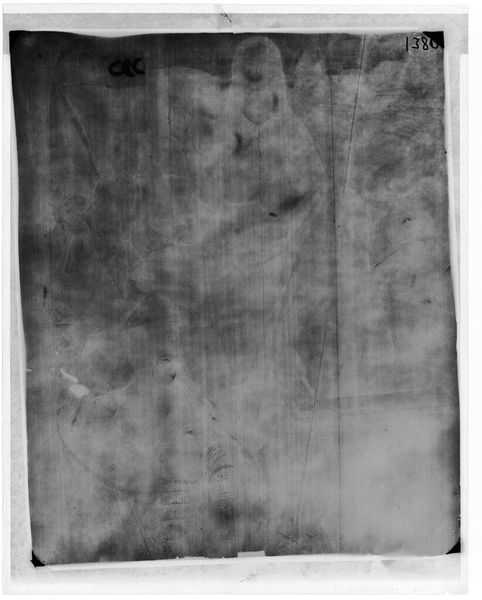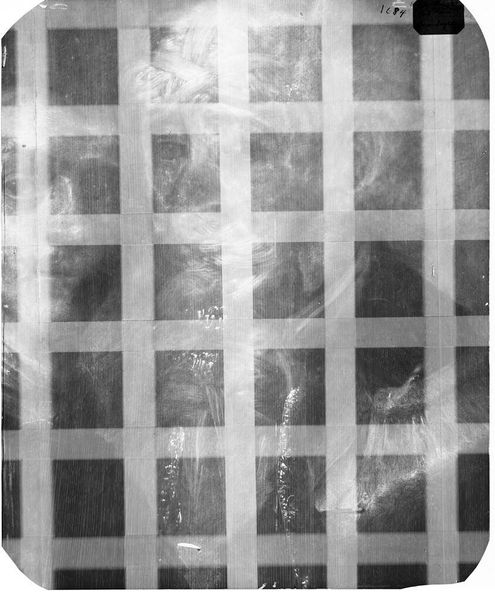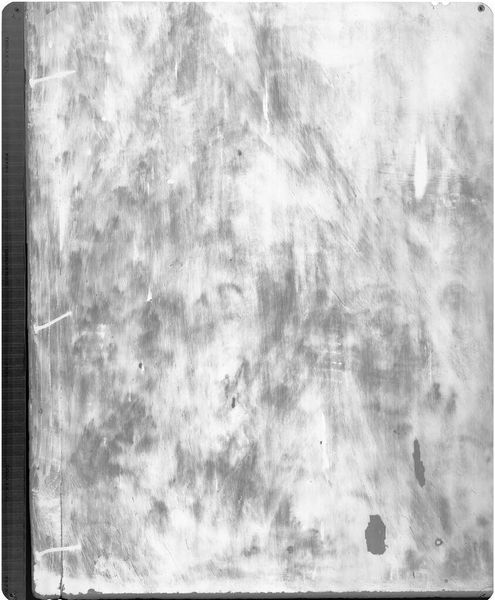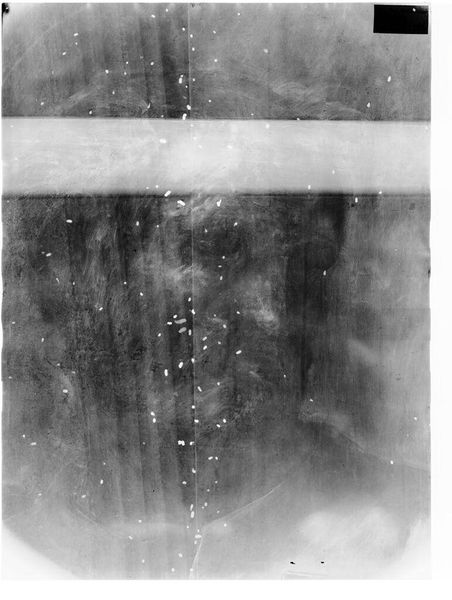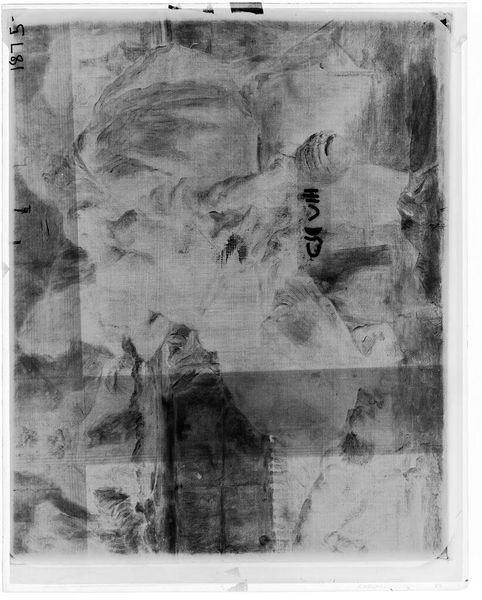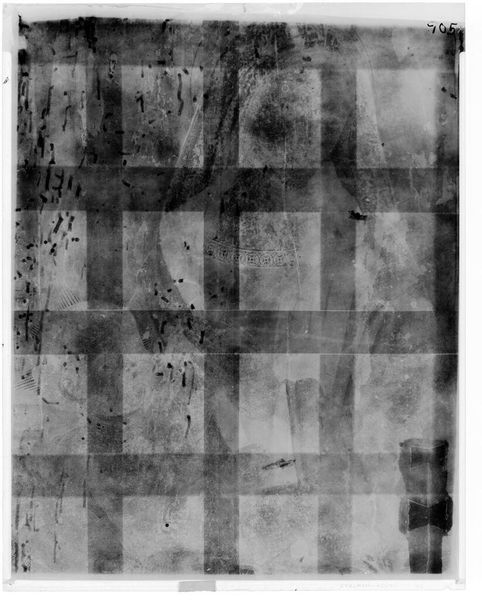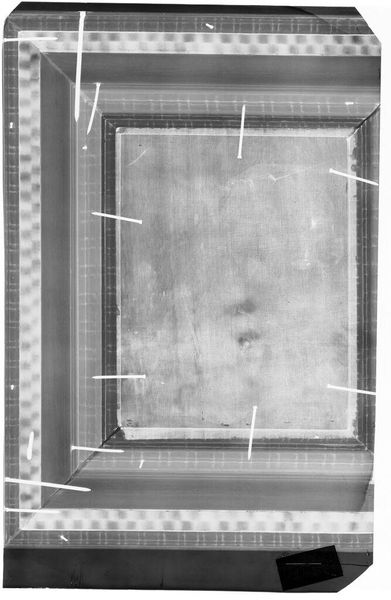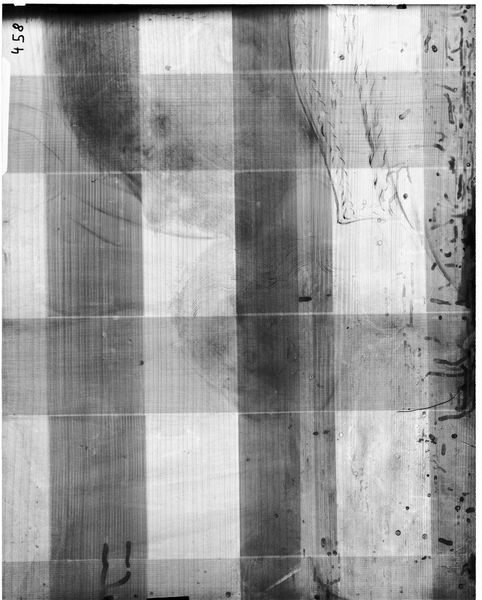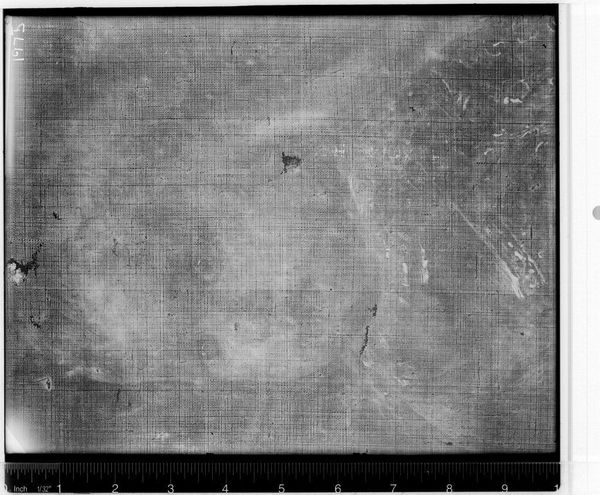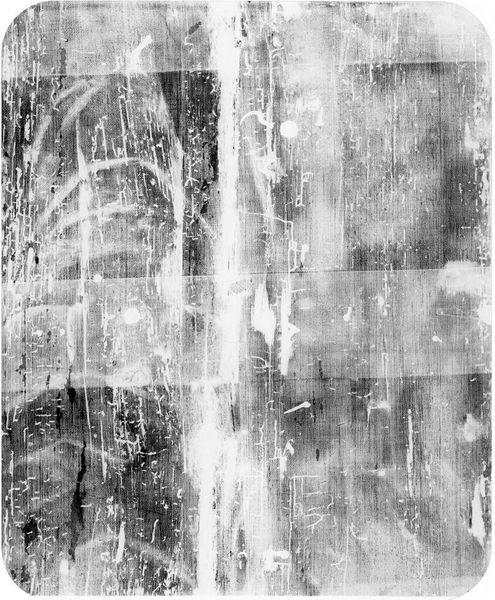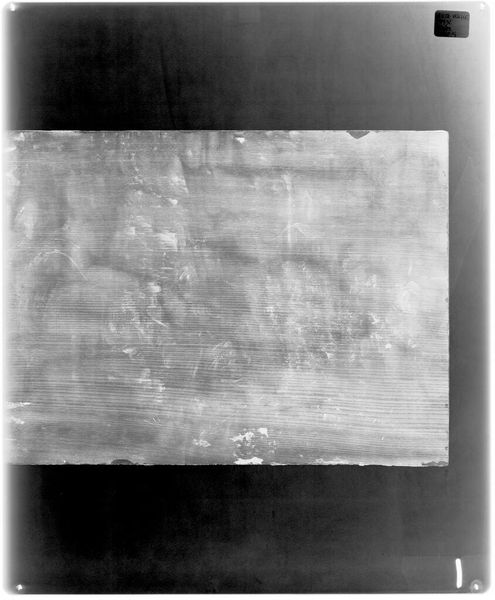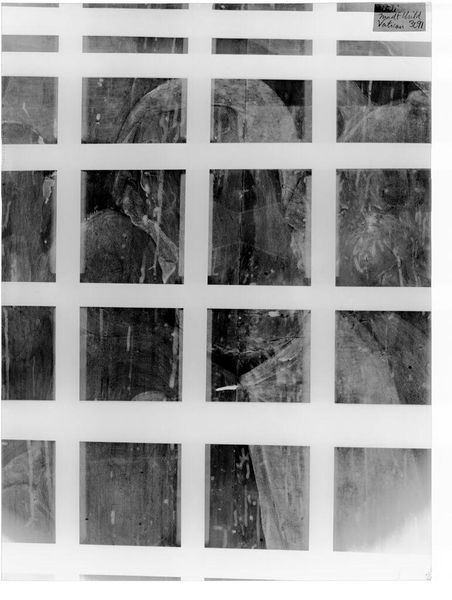
#
natural shape and form
#
rough brush stroke
#
asian-art
#
charcoal drawing
#
charcoal art
#
carved
#
china
#
natural texture
#
tonal art
#
charcoal
#
organic texture
#
natural form
Dimensions: 63 x 38 1/2 in. (160 x 97.8 cm)
Copyright: Public Domain
Curator: This is a remarkable piece titled "The Dragon." Though dated from 960 to 1911, it offers a captivating glimpse into traditional Chinese art and is currently housed at the Metropolitan Museum of Art. Editor: My first thought is its atmospheric quality. The artist masterfully employs what appears to be charcoal, creating a hazy, dreamlike space. The dragon almost emerges from the mist rather than being definitively placed within the composition. Curator: Exactly. The method of producing this image— likely using ink and charcoal— aligns with the traditional literati approach. Artists were often scholars and government officials. They greatly valued subtle nuances of brushwork to convey meaning and philosophical reflection. Editor: I’m particularly intrigued by the symbolism of the dragon itself. Dragons in Chinese culture are deeply intertwined with power, control over the elements, and masculinity. Seeing it rendered here, almost dissolving into the natural environment, I’m interested in exploring themes around empire, its relationship to land, and its impact on gender dynamics within the social fabric. Curator: I agree with the reading about the materiality lending the dragon a fluidity that's crucial here. The use of charcoal means this artwork isn’t about solid form, but about the way organic material interacts with the canvas. The charcoal’s natural textures create tonal variation with organic forms that blend so perfectly into each other. Editor: That idea makes me consider labor, too. What kinds of hands created and cared for this object? What social position and political affiliations did the artist inhabit that permitted them the material wealth to spend time creating art rather than fulfilling mandatory obligations, and how is this gendered labor expressed? Curator: Fascinating considerations. Ultimately, through analyzing material and process, we glean so much information regarding this dragon, but still so little regarding how labor affected the ability to make it and sustain its integrity as it moved between hands through centuries. Editor: Yes! Analyzing it in a social vacuum is impossible, even with art that at first glance can feel esoteric, looking beyond only materials leads us into far more complex terrain.
Comments
No comments
Be the first to comment and join the conversation on the ultimate creative platform.
